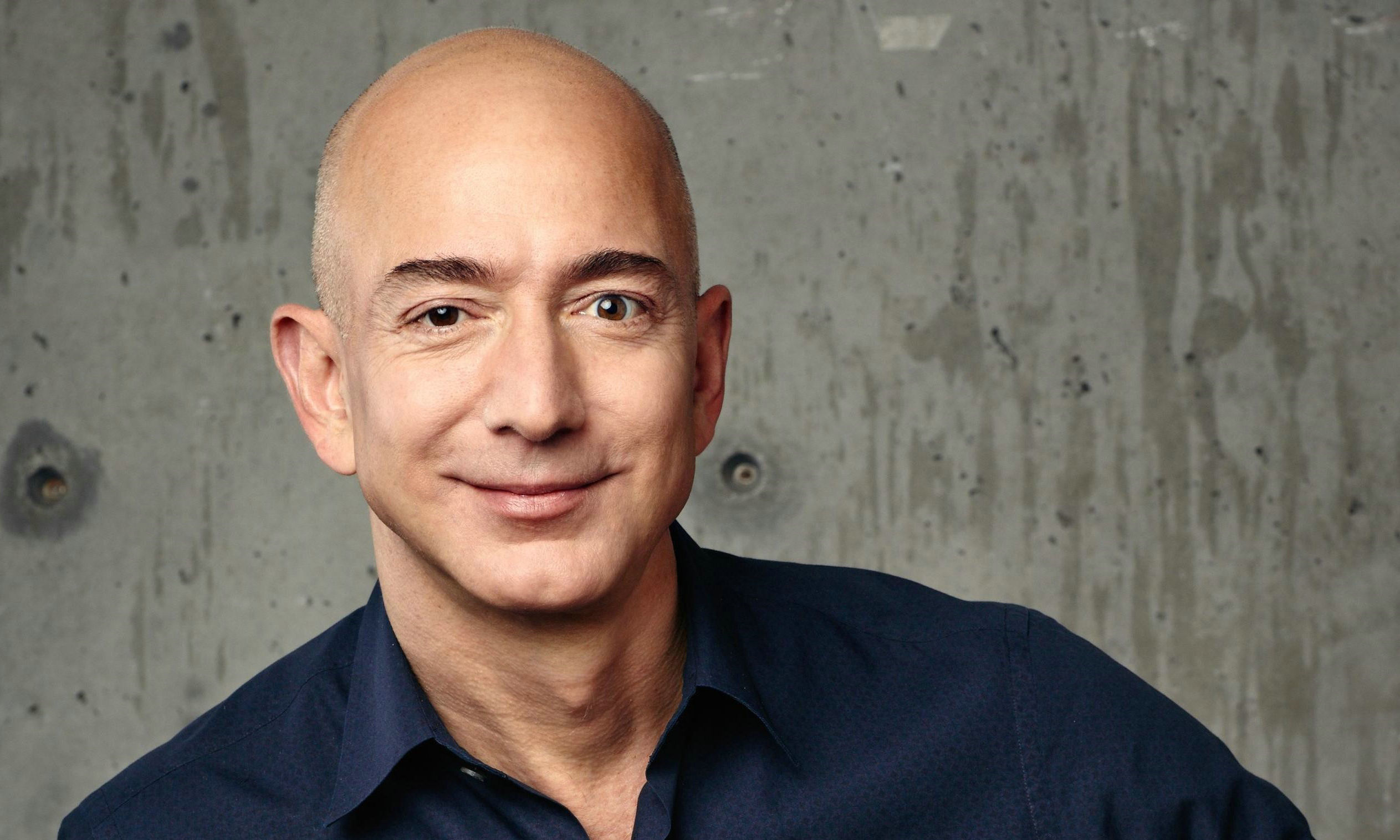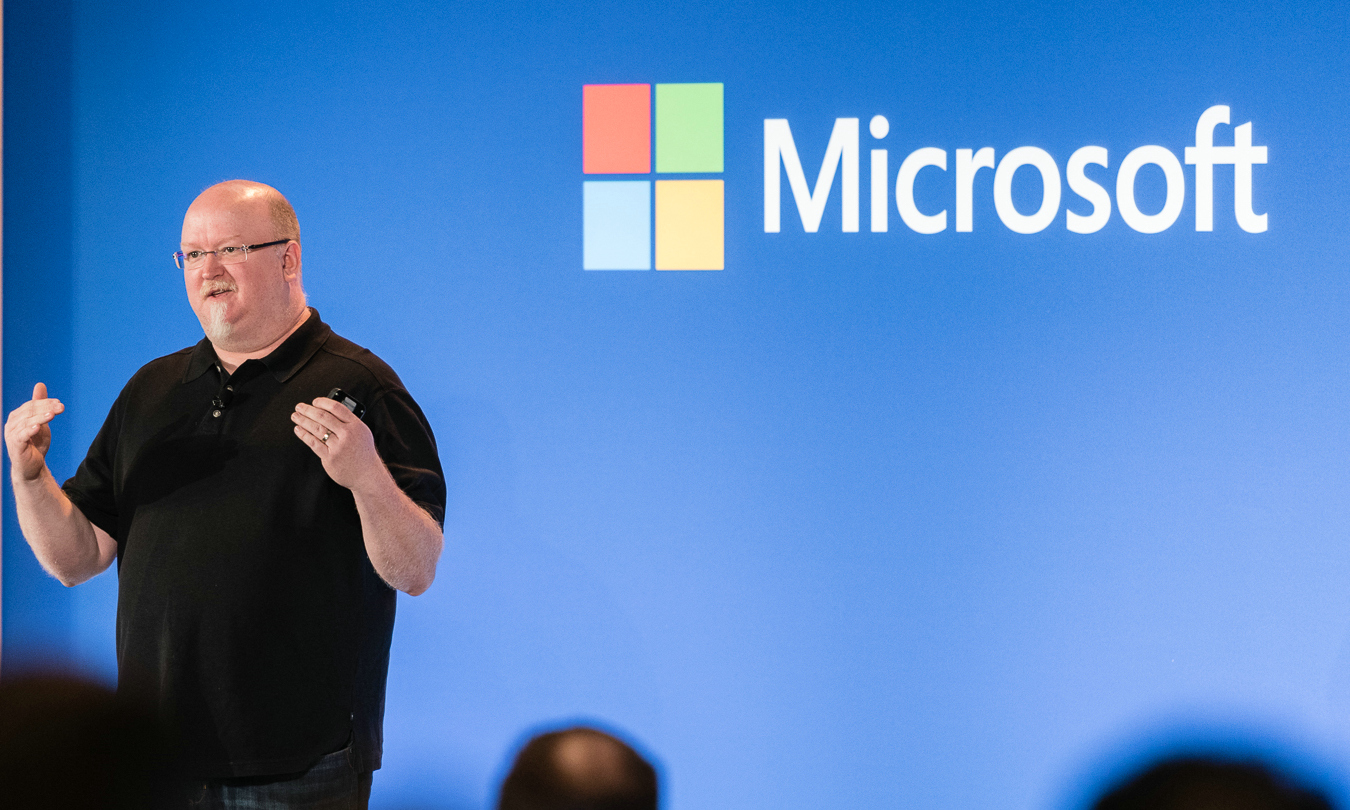Behind the scenes of the tech giant Microsoft, there is a low-key and visionary leader who not only pushes the boundaries of technological innovation but also is a powerful force in the field of artificial intelligence. He is Kevin Scott, the chief technology officer (CTO) and executive vice president of artificial intelligence of Microsoft. Scott's story is a symphony about dreams, innovation, and leadership. With outstanding wisdom and unremitting efforts, he weaves the future picture of artificial intelligence.
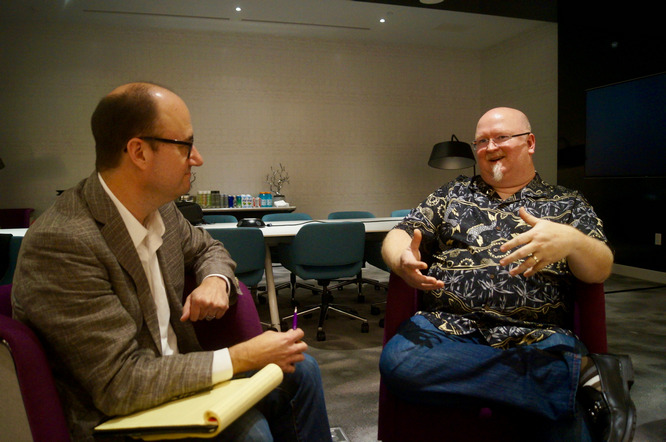
The Leap from Grassroots to Giant
Kevin Scott's growth path is full of inspirational colors. Growing up in a small town in Virginia, his love for technology started from a Commodore 64 computer. This small starting point, for him, is the gateway to the vast world. "Technology is the bridge that connects me to the unknown," he recalled. This experience, like a seed, quietly took root in Scott's heart and eventually sprouted the ambition to change the world.
LinkedIn: The Power of Reshaping the Professional Social Network
Joining LinkedIn marked an important turning point in Scott's career. Here, he is not only a technology promoter but also a changer. Facing the increasing data challenges, Scott led the team to develop "Galene" - the core search architecture of LinkedIn, which greatly optimized the user experience and increased the matching efficiency between job seekers and employers several times. "Technology should make connections simpler and more meaningful." This is the core concept of Scott's transformation of LinkedIn and also the precious legacy he left to the company.

Google Years: The Dual Cultivation of Technical Depth and Breadth
Subsequently, Scott's footprints extended to Google. In this world's top technology company, he not only deepened his expertise in large-scale distributed computing systems but also participated in the decision-making process of many projects and witnessed how technology plays a decisive role in core businesses such as search and advertising. "In Google, I learned how to use technology to solve some of the most complex problems in the world," Scott once said. This experience undoubtedly laid a solid foundation for his later role in Microsoft.
Key Cases: Equal Importance of Technological Innovation and Humanistic Care
In Scott's career, the most remarkable thing is not only technological innovation itself but also his practice of combining technology with humanistic care. For example, during his time at LinkedIn, the "Economic Graph" project he promoted, through big data analysis, revealed the global economic trend and helped users make wiser career decisions. This approach of applying technology to solve real problems reflects Scott's deep understanding of the social value of technology.
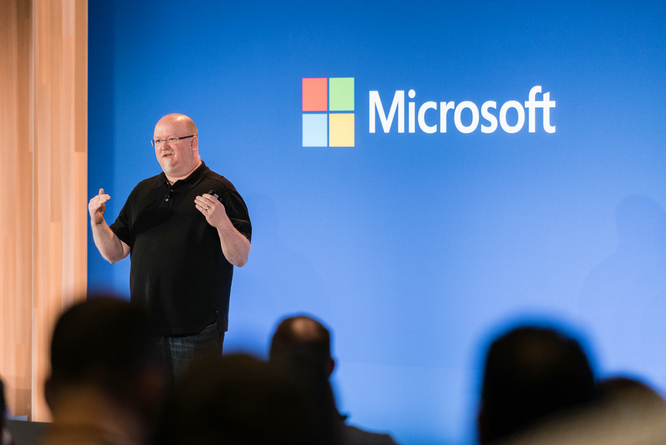
The Navigator of AI Strategy
As the helmsman of Microsoft's AI strategy, Scott firmly believes that the potential of AI lies in its great ability to improve human life. "Artificial intelligence is not just a stack of technologies; it's about how to make technology more human and better serve society," he said. Under his leadership, Microsoft has made remarkable progress in AI research, product development, and ethical norms, including breakthrough achievements in fields such as natural language processing, computer vision, and machine learning. These not only strengthened Microsoft's technological leadership but also brought unprecedented convenience and efficiency to global users.
A distinct example is the "AI for Accessibility" plan. Scott realizes that technology should serve everyone, including people with disabilities. This plan invests in developing AI solutions that can help people with disabilities live, work, and communicate better. From the Seeing AI that helps visually impaired people read to the solution that helps people with limited mobility control the computer through eye tracking, these projects not only show the innovative power of AI but also convey the warmth and humanistic care of technology.
Data and Responsibility are Equally Important
Facing the inevitable data ethics issues in the development of AI, Scott actively advocates the establishment of transparent and responsible AI systems. Microsoft clearly defined core values such as fairness, privacy protection, and safety and controllability in its AI principles and, under Scott's promotion, established a special ethics committee to ensure that every technology development and application goes through strict ethical review. "We have the responsibility to ensure that every progress of technology can enhance the well-being of humanity rather than causing new troubles." This is not only his belief but also the cornerstone of Microsoft's AI strategy.
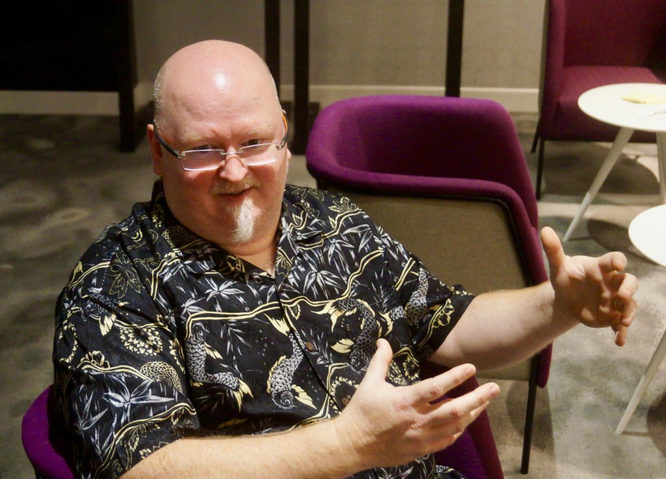
Specific Case: Project Emma
Scott not only focuses on the macro strategy but also attaches great importance to the positive impact of technology on individual lives. For example, Project Emma is one of the projects he is proud of. This project used AI technology to develop a smartwatch to help Parkinson's patients control tremors and improve their self-care ability. Emma Lawton, a talented young designer, was mercilessly attacked by Parkinson's disease at the prime of her life. Her hand no longer obeyed her will, and skills such as writing and drawing that were once easy became extremely difficult. Just when despair was gradually devouring the color of life, Kevin Scott and his team were like the brightest star in the night sky, bringing a turning point for her.
Redrawing the Lines of Life: Emma's Smart Wristband
The core of Project Emma is a specially designed smart wristband that integrates advanced sensors, algorithms, and a precise vibration mechanism. This wristband does not simply record or monitor the condition, but guides and improves Emma's hand movements through subtle vibration patterns, reduces the tremors caused by Parkinson's disease, and allows her to regain the strength to hold a pen. Stroke by stroke, she redraws the lines of life again.
Kevin Scott has a profound insight into this project: "The value of technology lies in how it can change people's lives, even if it only makes one person's world a little better." This sentence has become the soul of Project Emma.
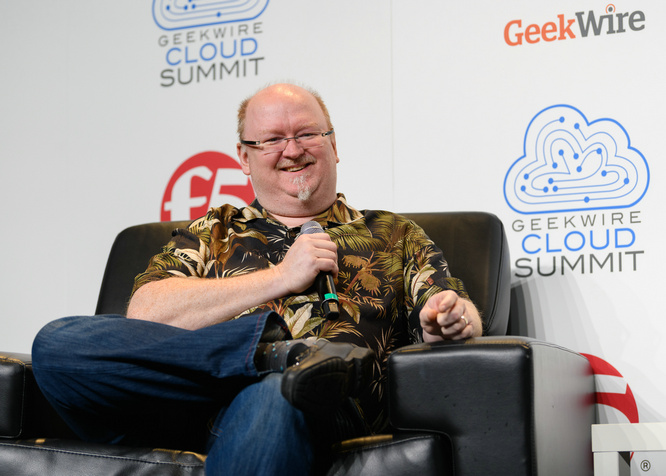
Case Witness: From Impossible to possible
In Emma's first attempt after wearing this smart wristband, she was shocked to find that she could write clearly distinguishable handwriting again. At that moment, tears and smiles interwove, witnessing an incredible transformation. The moment captured in the video quickly caused a sensation on the internet, and people witnessed how technology gently touched and changed a person's life trajectory.
Miracle supported by data
The success of Project Emma is not accidental. Kevin Scott's team continuously optimizes the algorithm based on extensive data research on Parkinson's patients to ensure that the vibration frequency and pattern can precisely match the specific needs of patients. Research shows that this targeted vibration feedback can significantly improve the hand coordination and stability of patients and improve the quality of life. This series of research results not only enhances the credibility of Project Emma but also provides valuable data basis and theoretical support for the development of subsequent similar projects.
In-depth discussion: The harmonious dance of technology and humanity
Project Emma is not only a victory of technology but also a celebration of the glory of humanity. It allows us to re-examine the role of technology, not only in promoting the boundaries of efficiency and innovation but also in how to solve the most urgent needs in society in a more humanized way. Kevin Scott emphasizes: "Our goal is to make technology an amplifier of human potential, not a substitute."
As the influence of Project Emma expands increasingly, it not only brings a glimmer of hope to the group of Parkinson's patients but also stimulates extensive attention and investment in health technology and humanitarian technology globally. Kevin Scott and his team are continuing to explore how to popularize this technology to benefit more people and are constantly looking for the next challenge to continue to warm every corner in need with the light of technology.
Project Emma is not only Emma's story; it is a wonderful chapter in the symphony of technology and humanity, reminding us that in the infinite possibilities of technology, the most precious thing is always the power that warms people's hearts.
Leading industry ethics discussion
While promoting the progress of AI technology, Scott is also an active advocate of industry ethics. "We must ensure that the development of technology is accompanied by profound thinking about ethics," he emphasized on many occasions. To this end, under Scott's promotion, Microsoft released the "AI Principles," clearly stating core values such as fairness, reliability, transparency, and privacy protection, setting a benchmark for the establishment of global AI ethics standards.
Conclusion: Weaving the future and leading the intelligent era
Kevin Scott's story is a perfect fusion of technology and humanistic concern. He uses technology as a pen and innovation as ink to outline magnificent paintings of artificial intelligence aiding human development. On the stage of Microsoft, he is the wise walker who stands at the technological frontier but is also down-to-earth, focusing on how technology serves society and enhances human well-being. Just as he himself said: "Our goal is to create a future of AI that is both powerful and responsible, a future in which everyone can benefit." Under Scott's leadership, Microsoft and the global technology community are firmly moving forward towards this grand vision.
